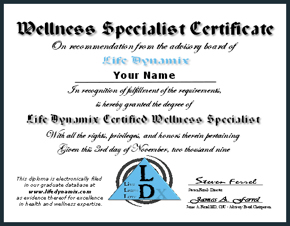There are different water filters as presented previously and each has its own way of working. The following are the most popular filtration systems and what they do.
Activated Carbon
This type of filter works by means of adsorption. In this process, liquids and gasses are attracted to other liquid or solids. As the water flows through the carbon filter, majority of common impurities will stick to the spongy surface of the carbon and fill the deep ridges on it. A charcoal filter effectively removes most contaminants.
Its disadvantage though is it cannot block limescale as well as fluoride, microbes and nitrates so these contaminants will still be present in the water. Also, eventually, the ridges in the charcoal will get clogged and the filter will no longer be able to trap any contaminants. For this reason, the filter should be replaced from time to time.
Distillation
This filtration system involves boiling and cooling. When water is boiled, the steam produced is captured then as it cools, condenses back to water then collected in a first container. Since the boiling temperature of water is lower than that of most contaminants, they will be left in the first container when the steam rises. However, there are contaminants that boil faster than water so the steam that has condensed will take them along to the second container.
Ion Exchange
These filters have zeolite beads filled with sodium ions. The moment hard water flows through the beads the ions get attracted to the water’s calcium and magnesium components then in exchange, releases the sodium. Such components are found in limescale and when they are not present, water is softer and tastes better. However, the water has a salty taste to it because of the sodium released. Some may not like the taste and others with a strict diet may be prohibited to drink it.
Reverse Osmosis
In this filtration system, 5 or more filters are used. The first one blocks contaminants that may hurt the RO membrane. The carbon filter, which is the second one, blocks chlorine, fluoride and other harmful chemicals. The third filter is a denser carbon that catches smaller particles to make sure that the water is free of contaminants when it reaches the membrane. The fourth one is the reverse membrane that blocks contaminants according to size, ionic charge and molecular weight.
Almost all contaminants in the water will be blocked. The fifth and last filter sees to it that remnants of contaminants are removed: chlorine, bacteria, virus as well as unpleasant smell and taste. There are models that include a UV light as well as special filters that will raise the pH level of water.





